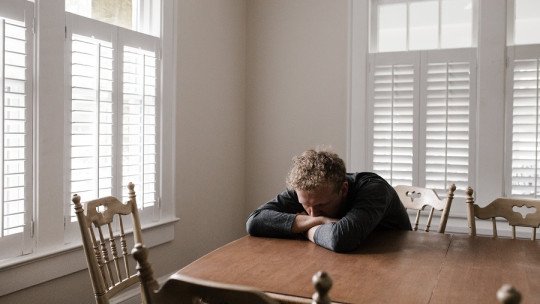
Panic attacks and anxiety are challenging experiences that affect many people around the world. Panic attacks can be characterized by sudden episodes of intense fear, and may be accompanied by physical symptoms such as palpitations, sweating, and difficulty breathing. On the other hand, anxiety can include all of the above and is characterized by persistent worry, anticipation of negative events, and constant tension. Although the symptoms are very similar, there are some differences.
It is crucial to understand that these disorders are not limited to a personal weakness; They are the body’s natural responses to stress. The release of stress hormones triggers physical reactions, preparing the body to face a perceived threat. However, when these responses become excessive or triggered for no apparent reason, they become challenges that require attention.
Learning to control a panic or anxiety attack
In this article, we are going to delve into understanding panic and anxiety attacks in order to develop effective strategies to control them. We will reflect on different techniques and ways to deal with these stressful episodes for a healthy and adaptive resolution.
Triggers
Understanding triggers not only provides clarity about where anxiety is coming from, but also allows you to address those challenges more effectively. By being aware of these influences, people can work toward developing healthy coping mechanisms and building a solid foundation for managing panic attacks and anxiety. These triggers can vary widely between individuals, but some are common to many people facing these disorders. Some of these may include:
1. Stress and changes
Stressful situations, significant life changes, and exposure to traumatic events They can trigger panic attacks. It is important to recognize that what may be tolerable for one person may be overwhelming for another.
2. Negative thinking patterns
In addition, certain negative thinking patterns, such as constant anticipation of danger or critical self-evaluation, can also contribute to the development of anxiety, in addition to having a direct influence on self-esteem.
3. Lack of social support
Lack of social support and excessive pressure in the work environment are additional factors that can increase vulnerability to panic attacks. When we do not have someone to share our concerns with and we do not find spaces where we can rest, the problem seems to become much greater.
4. Genetics
Genetics also plays a role, as in most psychological and emotional disorders, as some people may have a hereditary predisposition to anxiety. This does not mean that they are for life.
Techniques of breathing and relaxation
A fundamental tool in controlling panic and anxiety attacks is the practice of breathing and relaxation techniques. These strategies not only help calm the physical response to stress, but they also offer a sense of personal control. Here are some effective techniques:
1. Deep breathing
Practicing diaphragmatic breathing, where you inhale deeply through your nose, feel your abdomen expand, and then exhale slowly through your mouth, can lower your heart rate and relieve tension.
2. Mindfulness and meditation
These practices focus on being fully present in the moment, reducing anxiety associated with past or future worries. Guided meditation or mindfulness can be helpful in quieting the mind.
3. Progressive muscle relaxation
It consists of tensing and then relaxing different muscle groups, releasing the tension accumulated in the body. This not only relieves physical tension, but can also have a positive impact on your mood.
4. Positive visualization
Imagining a calm, positive place can help shift mental focus and reduce anxiety. You can visualize a relaxing environment and use all your senses in the mental image.
Change of thoughts
Thoughts trigger emotions and behaviors, and changing negative thinking patterns is crucial to managing anxiety and panic attacks. Cognitive restructuring is a powerful tool that involves identifying and challenging irrational thoughts.
It is common for the mind to generate catastrophic or distorted thoughts during a panic attack. Identifying these distortions, such as catastrophizing or magnification, allows us to question their validity and replace them with more realistic and balanced thoughts.
An effective approach is to record recurring negative thoughts. Then, examining the evidence that supports or refutes those thoughts helps develop a more objective perspective. For example, if the negative thought is “something terrible is going to happen,” you can ask: What is the actual evidence that this is true?
Positive self-affirmation also plays a crucial role. Replacing self-critical thoughts with positive affirmations boosts self-esteem and decreases anxiety. Practicing self-compassion and recognizing that it’s okay to not be perfect can relieve self-imposed pressure.
Professional support and resources
Seeking the help of an anxiety psychologist is a key and crucial step on the path to controlling this emotion. Cognitive behavioral therapy has been shown to be effective, providing tools to address negative thoughts and change behavioral patterns. Psychologists and psychiatrists can offer personalized guidance.
Additionally, resources such as self-help books, mindfulness apps, and online communities provide additional support. Accepting professional help and exploring available resources are critical steps toward effective anxiety management and building a solid foundation for mental well-being.
Managing panic attacks and anxiety involves a holistic approach. With breathing techniques, changing your thoughts, and professional support, you can regain control. Understanding triggers and actively seeking resources strengthens coping skills. By addressing anxiety holistically, the experience can be transformed, providing hope and empowerment for a more balanced life.








